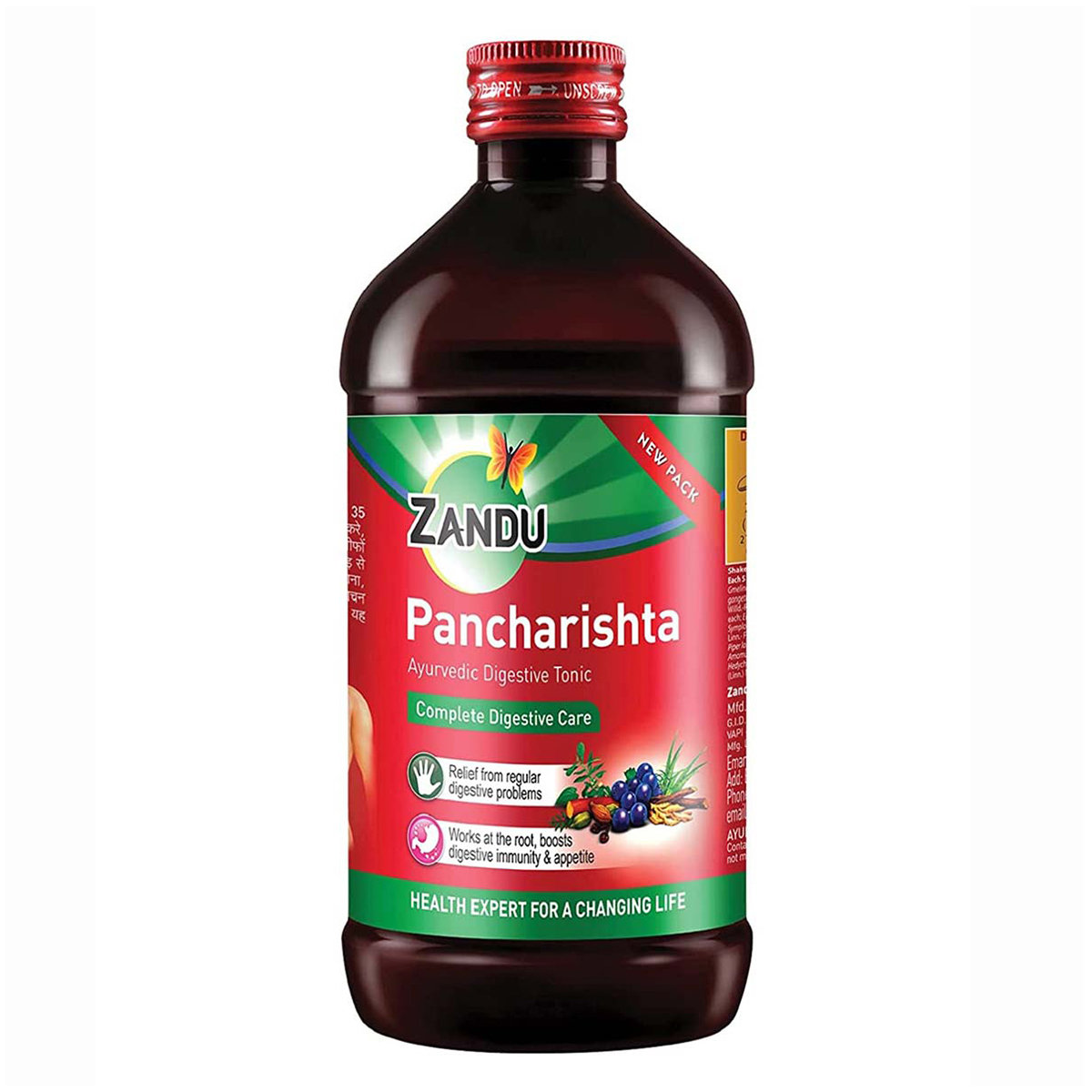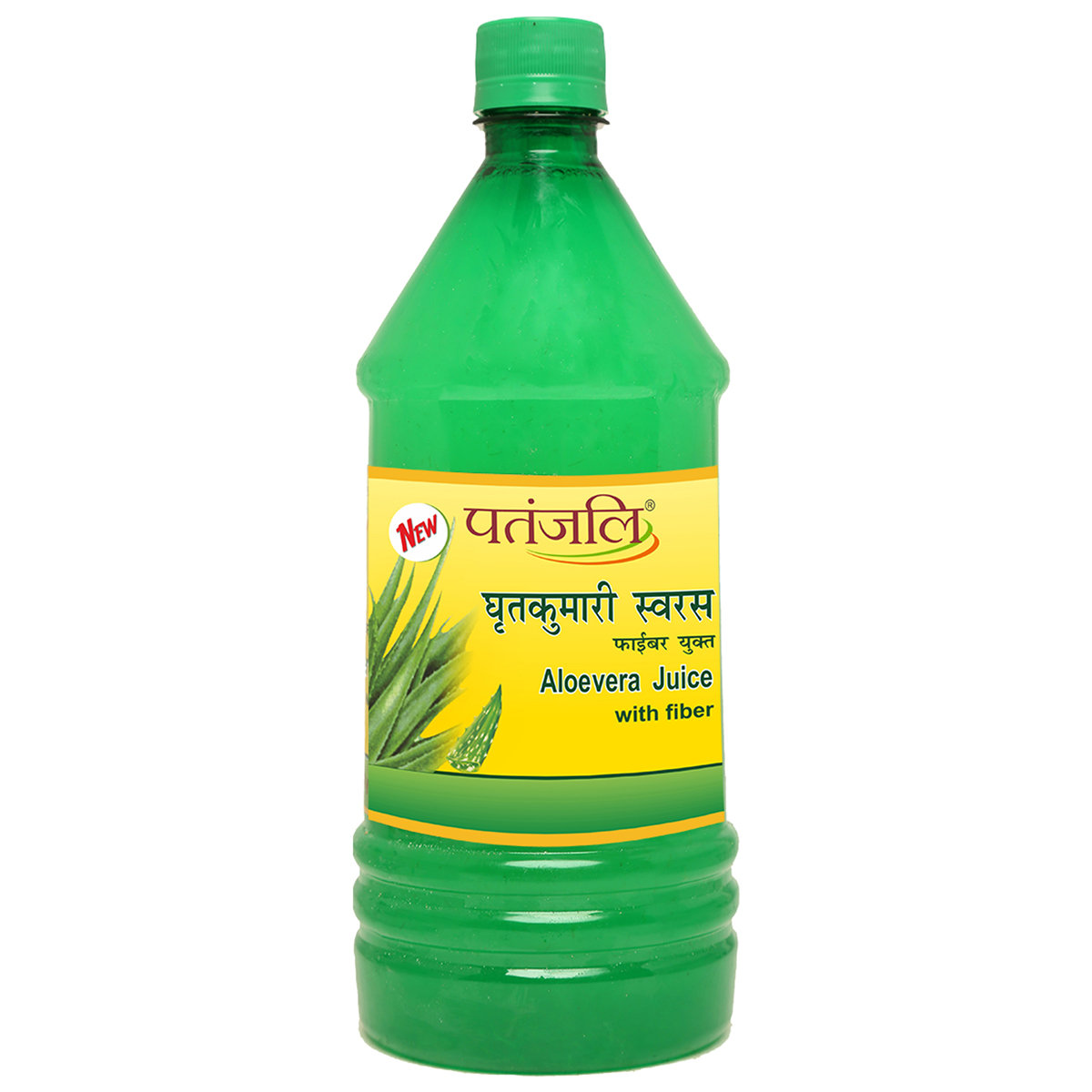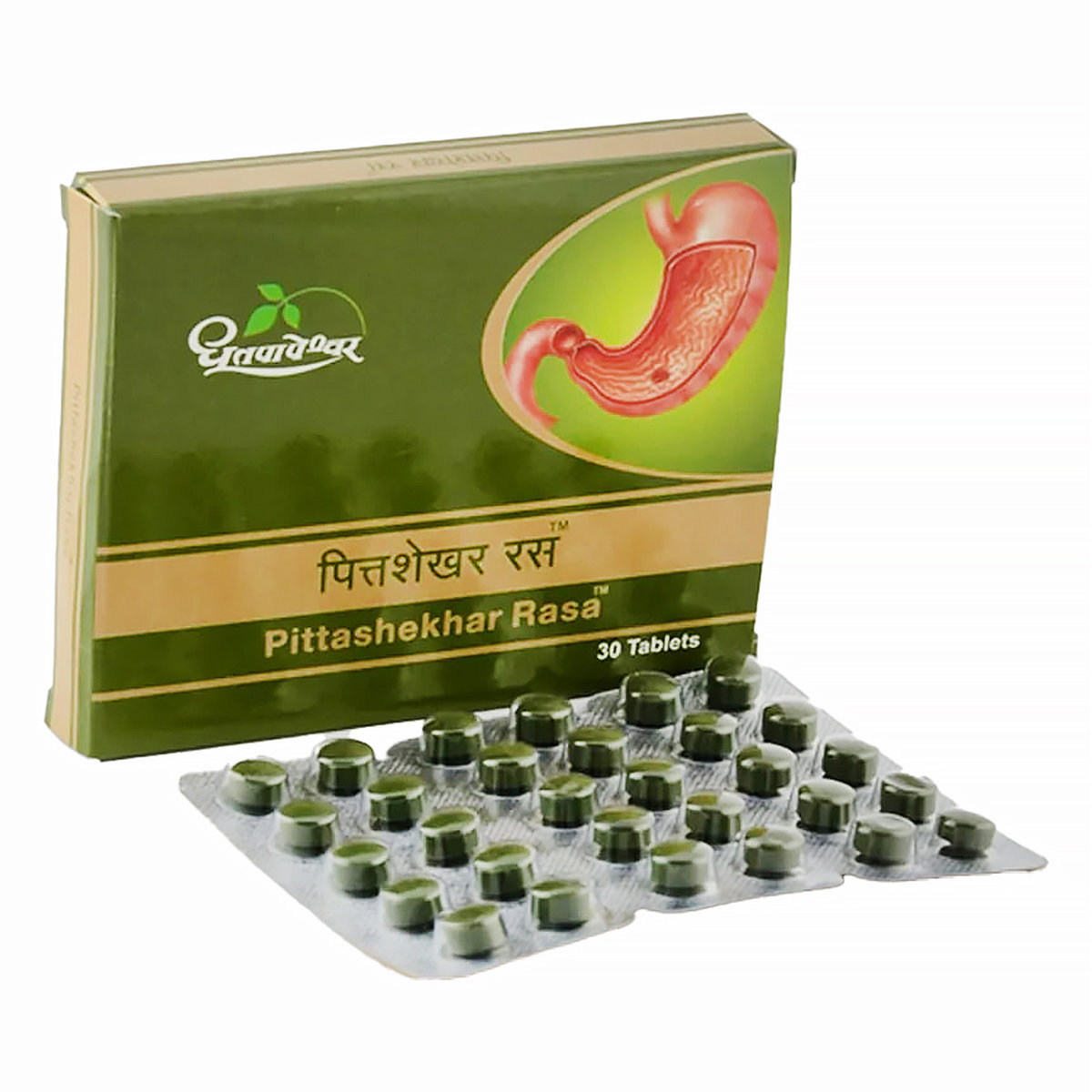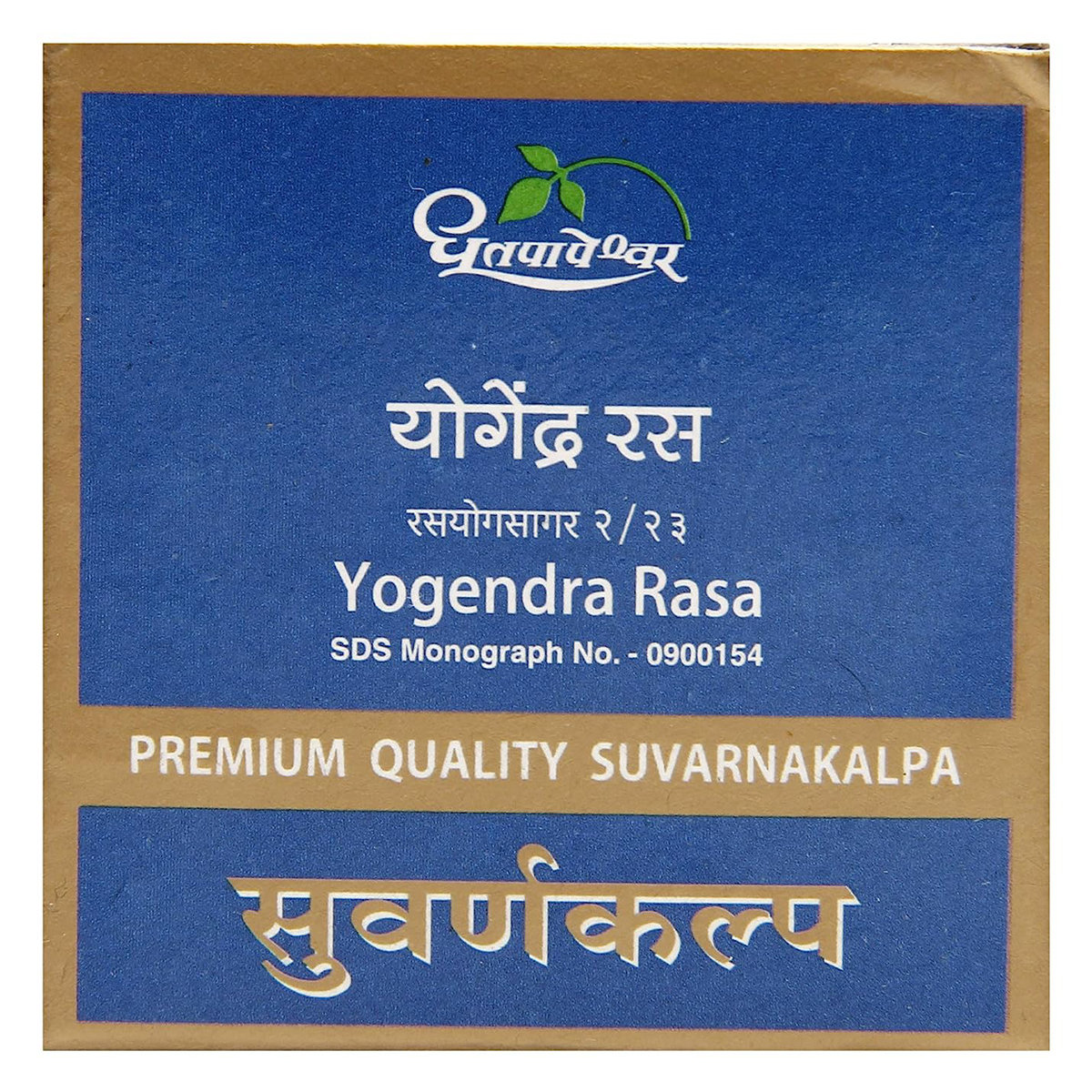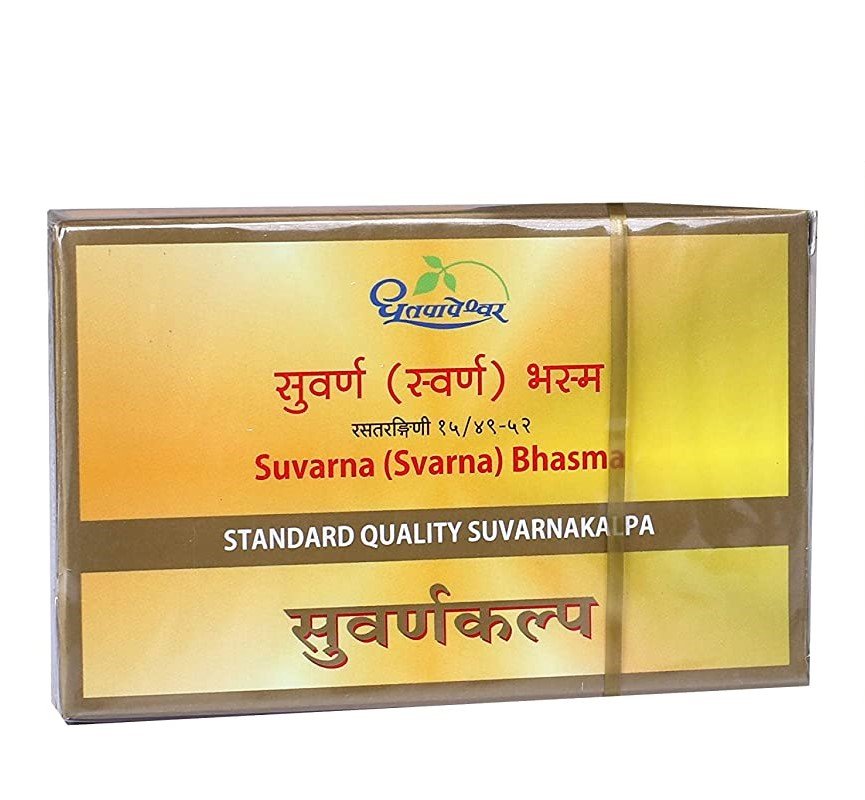Lafaxid-10 Tablet
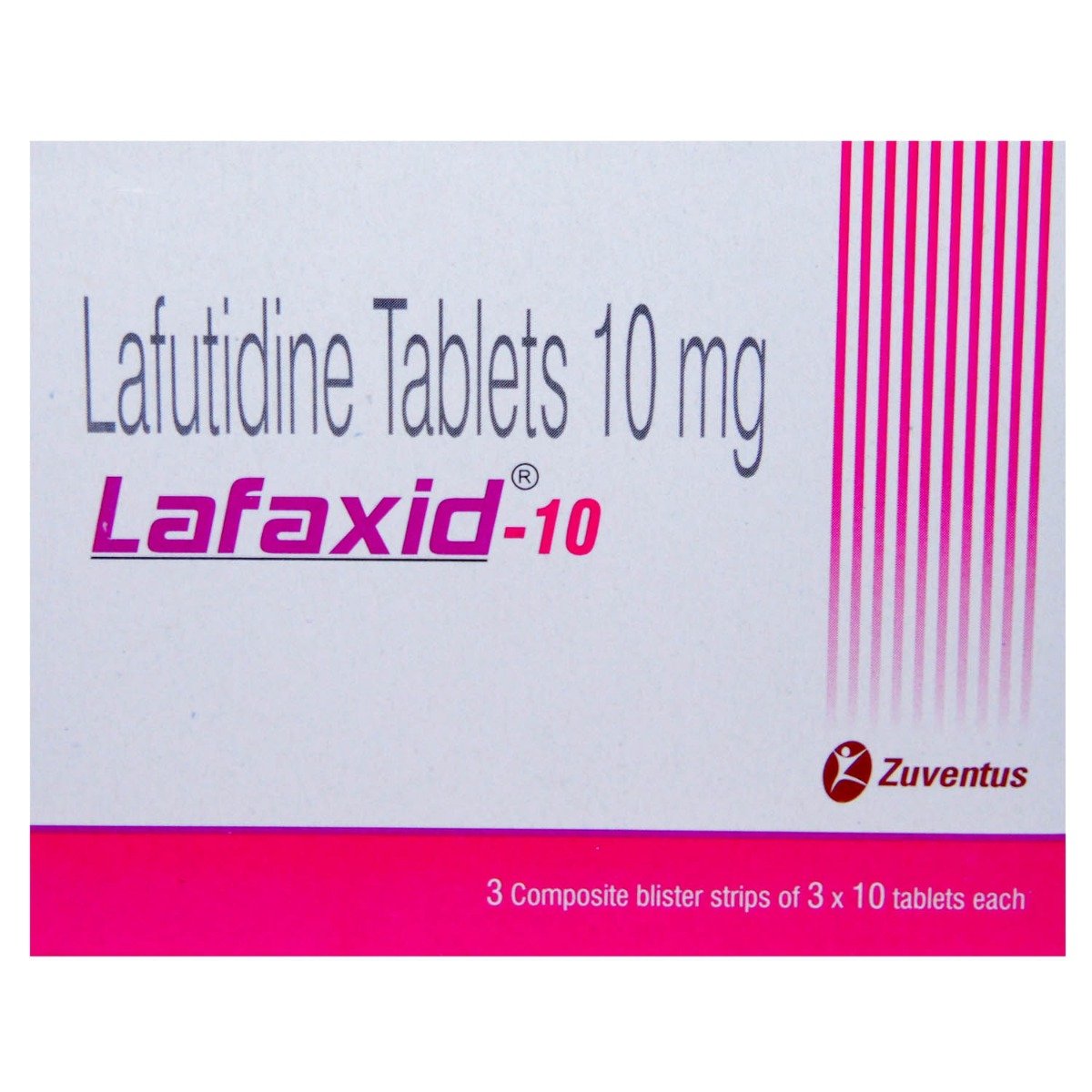

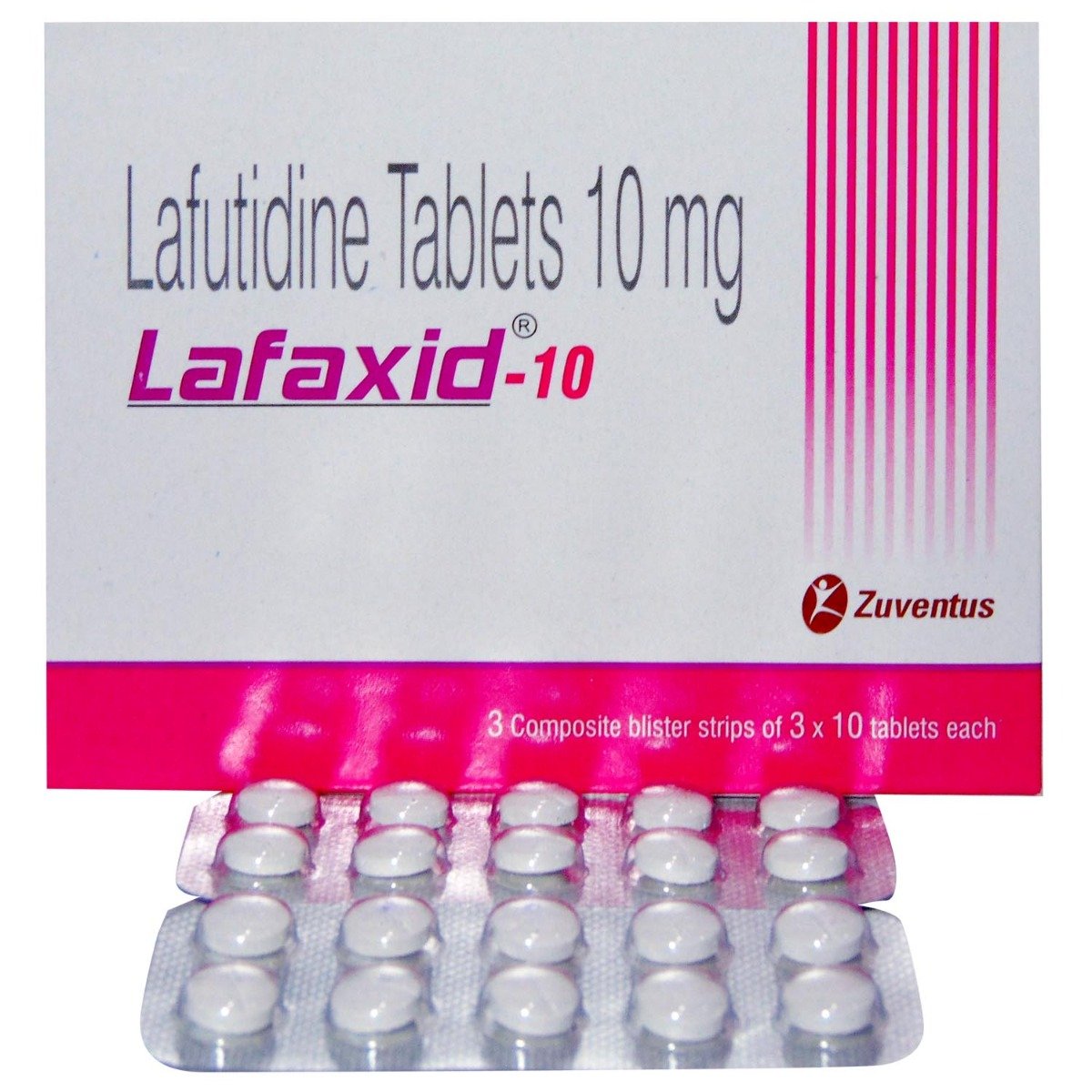
MRP ₹128.5
(Inclusive of all Taxes)
₹19.3 Cashback (15%)
know your delivery time
Provide Delivery Location
Composition :
Manufacturer/Marketer :
Consume Type :
Expires on or after :
Return Policy :

Secure Payment

Trusted by 8 Crore Indians

Genuine Products
Therapeutic Class
Country of origin
Manufacturer/Marketer address
Disclaimer
Alcohol
Safe if prescribed
Lafaxid-10 Tablet may interact with alcohol and increase the risk of side-effects.
Pregnancy
Consult your doctor
Lafaxid-10 Tablet is not recommended for use in pregnant women unless absolutely necessary. All the risks and benefits should be discussed with the doctor before taking this medicine.
Breast Feeding
Consult your doctor
Lafaxid-10 Tablet medicine is not recommended for use in breastfeeding women unless absolutely necessary. All the risks and benefits should be discussed with the doctor before taking this medicine. Your doctor may advise you to discontinue breastfeeding or to discontinue the medicine based on your clinical condition.
Driving
Safe if prescribed
Lafaxid-10 Tablet may cause dizziness and headache. So, you should not drive or operate heavy machinery after taking Lafaxid-10 Tablet .
Liver
Consult your doctor
Lafaxid-10 Tablet should be used with caution in patients with liver diseases. Consult your doctor before using Lafaxid-10 Tablet , dose-adjustments may be done by your doctor.
Kidney
Consult your doctor
Lafaxid-10 Tablet should be used only when prescribed by a doctor. Dose adjustments may be necessary
Children
Safe if prescribed
Lafaxid-10 Tablet is not recommended for use in children, because safety of the drug is not clearly established.
Product Substitutes
Reference
About Lafaxid-10 Tablet
Lafaxid-10 Tablet belongs to a class of medicines called ‘H2-receptor antagonists’. It is used in the treatment of peptic ulcers and gastroesophageal reflux disease (acid reflux). Peptic ulcers are sores that develop in the lining of the stomach, lower esophagus or small intestine. Gastroesophageal reflux disease (GERD) occurs when stomach acid frequently flows back into the tube connecting your mouth and stomach (esophagus). This backwash (acid reflux) can irritate the lining of your esophagus.
Lafaxid-10 Tablet contains ‘lafutidine’ which acts as an antacid. It works by reducing the amount of acid in the stomach which helps in the relief of acid-related indigestion and heartburn.
Lafaxid-10 Tablet must be taken in the dose and duration advised by the doctor. Based on the severity of the medical condition, your doctor may prescribe Lafaxid-10 Tablet to take once daily before bedtime or twice daily in the morning and before bedtime with or without food. Common side-effects of Lafaxid-10 Tablet are fatigue, drowsiness, headache, increased liver enzymes, constipation, increased uric acid level in the blood, diarrhea, muscle pain, protein in the urine. These side effects resolve on their own, if it persists, stop the Lafaxid-10 Tablet and contact your doctor immediately.
Do not take Lafaxid-10 Tablet if you are allergic, other H2 receptor antagonists, or any other ingredients present in it. Before taking Lafaxid-10 Tablet , inform your doctor if you are taking prescription or non-prescription medications, including antacids, nutritional supplements, or herbal products. Inform your doctor if you have any gastrointestinal problems, kidney diseases, and liver diseases. Inform your doctor if you are pregnant or planning to become a pregnant/breastfeeding woman.
Uses of Lafaxid-10 Tablet
Medicinal Benefits Mweb
Key Benefits
Lafaxid-10 Tablet belongs to a group of medicines called ‘H2-receptor antagonists’, which acts as an antacid. It works by reducing the amount of acid in the stomach which helps in the relief of acid-related indigestion and heartburn. It is used in the treatment of peptic ulcers and gastroesophageal reflux disease (acid reflux). It is also used in the treatment of Zollinger-Ellison syndrome (a condition in which the tumors formed in the pancreas, and duodenum increases stomach acids) and gastric mucosal lesions.
Directions for Use
Side Effects of Lafaxid-10 Tablet
- Fatigue
- Drowsiness
- Headache
- Increased liver enzymes
- Constipation
- Increased uric acid level in blood
- Diarrhea
- Muscle pain
- Protein in urine
Drug Warnings
Do not take Lafaxid-10 Tablet if you are allergic, other H2 receptor antagonists, or any other ingredients present in it. Before taking Lafaxid-10 Tablet , inform your doctor if you are taking prescription or non-prescription medications, including antacids, any nutritional supplements, or herbal products. Inform your doctor if you have any gastrointestinal problems, kidney diseases, and liver diseases. Inform your doctor if you are pregnant or planning to become pregnant/breast-feeding women. Lafaxid-10 Tablet should be used with caution in the elderly patients due to the increased risk of severe adverse effects. Lafaxid-10 Tablet should be used with caution in patients on dialysis due to the increased risk of worsening of the patient's condition. Close monitoring of renal function is necessary for such patients during treatment with this medicine. Lafaxid-10 Tablet may cause shock and anaphylactic reactions in some patients. Report any symptoms such as pale skin, dizziness, breathing difficulty, etc. to the doctor immediately.
Drug-Drug Interactions
Drug-Drug Interactions
Login/Sign Up
Drug-Food Interactions
Drug-Food Interactions
Login/Sign Up
Drug-Diseases Interactions
Drug-Diseases Interactions
Login/Sign Up
Drug-Drug Interactions Checker List
- LORNOXICAM
- ASPIRIN
- FUROSEMIDE
- ENALAPRIL
- EFAVIRENZ
- NEVIRAPINE
- ATAZANAVIR
- ACARBOSE
- WARFARIN
- HEPARIN
- METHOTREXATE
- CIMETIDINE
- LITHIUM
Habit Forming
Special Advise
- Do not stop taking the medication without talking to your doctor.
- If you are also taking other medications to treat acidity (e.g., antacid), take them 2 hours before or after taking Lafaxid-10 Tablet .
Diet & Lifestyle Advise
- Maintain a healthy weight. Lose excess weight if you are overweight or obese.
- Do not lie down immediately after eating.
- Eat smaller meals in short intervals.
- Elevate the head of the bed while sleeping.
- Quit smoking.
- Reduce caffeine and alcohol intake.
- Reduce stress.
- Do not take nonsteroidal anti-inflammatory drugs (NSAIDs) without the doctor's advice.
- Avoid spicy foods and carbonated drinks.
- Avoid eating citrus fruits like orange and lemon, which can irritate the stomach and increase acid secretion.
All Substitutes & Brand Comparisons
RX
Out of StockLaftid 10 Tablet 10's
Abbott India Ltd
₹49.4
(₹4.45 per unit)
61% CHEAPERRX
Out of StockLafumac 10 mg Tablet 10's
Macleods Pharmaceuticals Ltd
₹50
(₹4.5 per unit)
61% CHEAPERRX
Out of StockLefucare 10mg Tablet
H Care India
₹72
(₹6.48 per unit)
43% CHEAPER

Have a query?
Buy best Gastro Enterology products by
Abbott India Ltd
Sun Pharmaceutical Industries Ltd
Alkem Laboratories Ltd
Cipla Ltd
Torrent Pharmaceuticals Ltd
Intas Pharmaceuticals Ltd
Mankind Pharma Pvt Ltd
Lupin Ltd
Dr Reddy's Laboratories Ltd
Aristo Pharmaceuticals Pvt Ltd
Alembic Pharmaceuticals Ltd
Wallace Pharmaceuticals Pvt Ltd
La Renon Healthcare Pvt Ltd
Leeford Healthcare Ltd
Macleods Pharmaceuticals Ltd
J B Chemicals & Pharmaceuticals Ltd
Zydus Healthcare Ltd
Micro Labs Ltd
Zydus Cadila
Fourrts India Laboratories Pvt Ltd
Morepen Laboratories Ltd
Zuventus Healthcare Ltd
FDC Ltd
Eris Life Sciences Ltd
Cadila Pharmaceuticals Ltd
Medishri Healthcare Pvt Ltd
Alniche Life Sciences Pvt Ltd
Medley Pharmaceuticals Ltd
Tas Med India Pvt Ltd
Signova Pharma
Tablets India Ltd
Elder Pharmaceuticals Ltd
Wockhardt Ltd
Emcure Pharmaceuticals Ltd
Sanatra Healthcare Ltd
Glenmark Pharmaceuticals Ltd
Blue Cross Laboratories Pvt Ltd
East West Pharma India Pvt Ltd
Hetero Drugs Ltd
Indoco Remedies Ltd
Vasu Organics Pvt Ltd
Biological E Ltd
Primus Remedies Pvt Ltd
Akumentis Healthcare Ltd
Corona Remedies Pvt Ltd
Pfizer Ltd
Albert David Ltd
DR Johns Lab Pharma Pvt Ltd
Ajanta Pharma Ltd
Cadila Healthcare Ltd
Ipca Laboratories Ltd
Ordain Health Care Global Pvt Ltd
Systopic Laboratories Pvt Ltd
Ozone Pharmaceuticals Ltd
Foregen Healthcare Ltd
Medgen Drugs And Laboratories Pvt Ltd
Panacea Biotec Ltd
Samarth Life Sciences Pvt Ltd
Shine Pharmaceuticals Ltd
Adonis Laboratories Pvt Ltd
Dey's Medical Stores (Mfg) Ltd
Eskag Pharma Pvt Ltd
Hetero Healthcare Pvt Ltd
Indchemie Health Specialities Pvt Ltd
Meyer Organics Pvt Ltd
RPG Life Sciences Ltd
Troikaa Pharmaceuticals Ltd
Biochem Pharmaceutical Industries Ltd
Shreya Life Sciences Pvt Ltd
Sinsan Pharmaceuticals Pvt Ltd
3M India Ltd
Chemo Healthcare Pvt Ltd
Levin Life Sciences Pvt Ltd
Meridian Enterprises Pvt Ltd
Overseas Health Care Pvt Ltd
Saf Fermion Ltd
Sanzyme Pvt Ltd
Steris Healthcare
USV Pvt Ltd
Seagull Pharmaceutical Pvt Ltd
Votary Laboratories (India) Ltd
Win Medicare Ltd
Yuventis Pharmaceuticals
Aar Ess Remedies Pvt Ltd
Caplet India Pvt Ltd
Piramal Enterprises Ltd
Sanofi India Ltd
Cnx Health Care Pvt Ltd
Galpha Laboratories Ltd
Intra Labs India Pvt Ltd
Kinesis Pharmaceuticals Pvt Ltd
Msn Laboratories Pvt Ltd
Olcare Laboratories Pvt Ltd
Rapross Pharmaceuticals Pvt Ltd
Ronyd Healthcare Pvt Ltd
Saffron Therapeutics Pvt Ltd
Solariz Healthcare Pvt Ltd
Syndicate Life Sciences Pvt Ltd
Aurz Pharmaceutical Pvt Ltd
Biophar Lifesciences Pvt Ltd
Customers Also Bought






